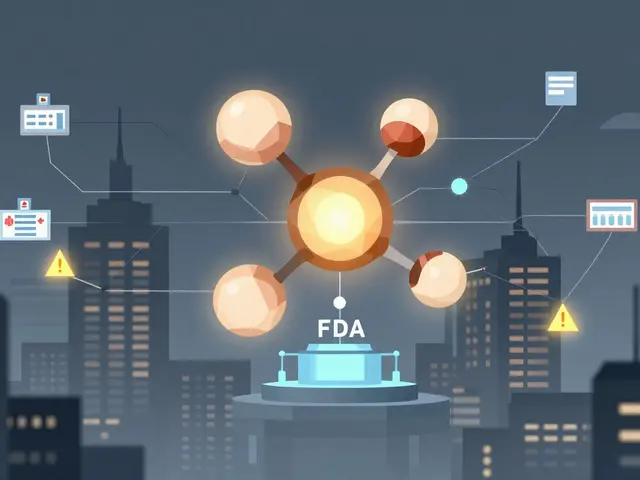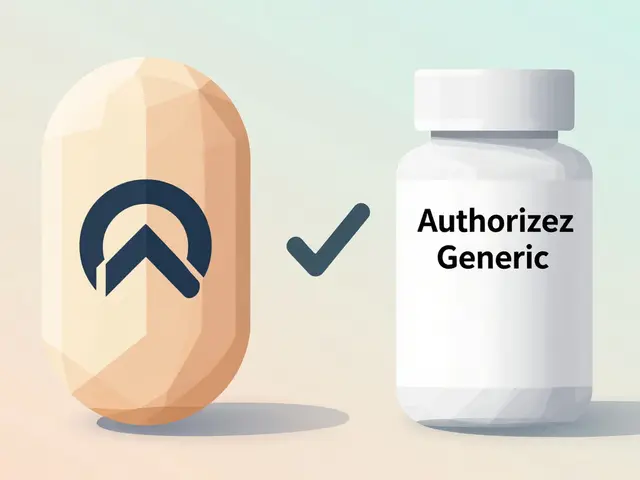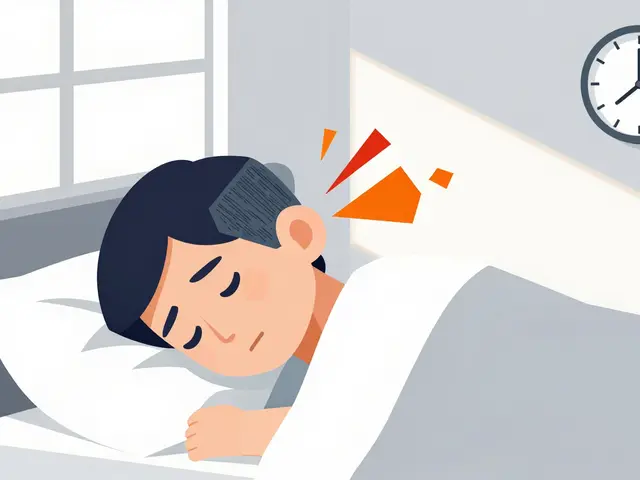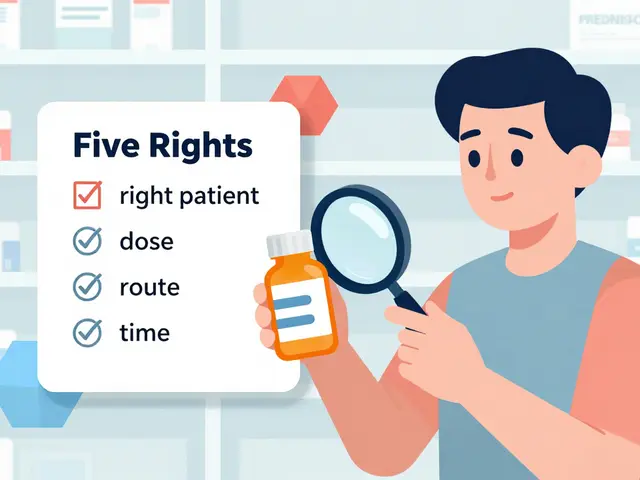Alternatives to Isotroin: acne treatments that work without isotretinoin
Isotroin (isotretinoin) is powerful but not right for everyone. If you worry about side effects, pregnancy risks, or long monitoring, there are solid alternatives that can clear acne or keep it under control. Below I give practical options, how they work, and what to expect so you can talk with your dermatologist with confidence.
Top medical alternatives
Topical retinoids — tretinoin or adapalene — help unplug pores and cut inflammation. They work well for mild to moderate acne and often pair with benzoyl peroxide to kill bacteria. Start slow: use every other night and wear sunscreen, because retinoids make skin more sensitive to sun.
Topical antimicrobials — benzoyl peroxide or topical clindamycin — reduce bacteria and calm redness. Benzoyl peroxide is available over the counter and rarely causes resistance. Use it in the morning if you use a retinoid at night.
Other useful topicals include azelaic acid and salicylic acid. Azelaic acid reduces redness and helps post-breakout pigmentation. Salicylic acid unclogs pores and works well in leave-on products or masks. These are gentler than prescription retinoids and fit better for sensitive skin.
Oral antibiotics — doxycycline or minocycline — lower inflammation and bacterial load. They often act faster than topicals but should be short-term (usually about three months) to limit resistance. Pair antibiotics with a topical treatment for better, longer-lasting results.
Hormonal options — combined oral contraceptives and spironolactone — help many people with hormonal acne. Spironolactone lowers oil production and can work when birth control alone doesn’t. These options aren’t suitable if you’re trying to get pregnant.
Procedures and practical tips
Chemical peels, laser or light therapy, and photodynamic therapy can reduce active acne and improve scarring. Light-based treatments cut bacteria and inflammation; peels remove dead skin and speed healing. They usually need several sessions and cost more, but they help when topical and oral meds fall short.
Skincare basics matter: use a gentle cleanser, non-comedogenic moisturizer, and daily sunscreen. Avoid harsh scrubs and picking at spots. A simple, consistent routine often makes the biggest difference.
Set realistic timelines: most treatments take 8–12 weeks before you see clear improvement. Combination therapy (for example, topical retinoid + benzoyl peroxide + a short course of antibiotic) often balances speed and safety.
Safety notes: retinoids commonly cause dryness and flaking, so use a moisturizer and cut back if irritation appears. Doxycycline can make you sun-sensitive and upset your stomach. Spironolactone may raise potassium in rare cases and usually needs initial blood checks. Always tell your doctor about other meds and pregnancy plans.
If you have painful nodules, pus-filled cysts, or scarring, see a dermatologist. Isotretinoin remains the most effective choice for severe, scarring acne, but a specialist can guide you through alternatives, order tests if needed, and tailor a plan that fits your life and family plans.
Ask direct questions at your visit: How long until I see change? What side effects should I expect? Do I need blood tests or birth control? A clear chat with your dermatologist helps you pick a safe option that fits your goals.
Exploring five effective alternatives to Isotroin in 2025, this article delves into both synthetic and natural options for managing acne. From holistic approaches that require lifestyle changes to medications focusing on hormones, readers will find insights into different methods. Each alternative is examined for its benefits and downsides, offering a comprehensive view of acne management today. Discover which approach might suit you best based on personalized needs and concerns.
Continue reading...






